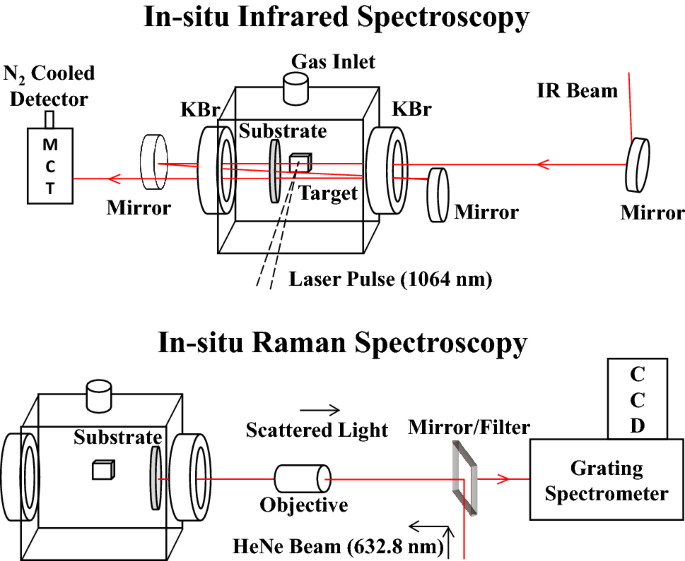分光プロファイルを予測するために学習させたモデルが、物質の構造を読み解くのに役立つ A model trained to predict spectroscopic profiles helps to decipher the structure of materials
2022-07-21 フィンランド・アールト大学
研究チームは、コンピューターで作成した構造モデルに基づいて物質の結合エネルギースペクトルを予測する計算手法を開発した。これにより、実験的に観測された結合エネルギーを計算で予測したものと照合することが可能になり、XPSデータの解釈を簡素化することができるようになった。
このアイデア自体は新しいものではないが、問題は、物質のXPSスペクトルを正確に計算することが計算上困難であることであった。Caro教授のチームは、機械学習を用いてこの問題を解決した。
<関連情報>
- https://www.aalto.fi/en/news/machine-learning-gives-material-science-researchers-a-peek-at-the-answer-key
- https://pubs.acs.org/doi/10.1021/acs.chemmater.1c04279
炭素系材料における内殻電子結合エネルギーの高精度計算予測。密度汎関数理論とGWを組み合わせた機械学習型モデル。 Accurate Computational Prediction of Core-Electron Binding Energies in Carbon-Based Materials: A Machine-Learning Model Combining Density-Functional Theory and GW
Dorothea Golze, Markus Hirvensalo, Patricia Hernández-León, Anja Aarva, Jarkko Etula, Toma Susi, Patrick Rinke, Tomi Laurila, and Miguel A. Caro
Chemistry of Materials Published:July 13, 2022
DOI: https://doi.org/10.1021/acs.chemmater.1c04279

Abstract
We present a quantitatively accurate machine-learning (ML) model for the computational prediction of core–electron binding energies, from which X-ray photoelectron spectroscopy (XPS) spectra can be readily obtained. Our model combines density functional theory (DFT) with GW and uses kernel ridge regression for the ML predictions. We apply the new approach to disordered materials and small molecules containing carbon, hydrogen, and oxygen and obtain qualitative and quantitative agreement with experiment, resolving spectral features within 0.1 eV of reference experimental spectra. The method only requires the user to provide a structural model for the material under study to obtain an XPS prediction within seconds. Our new tool is freely available online through the XPS Prediction Server.



